Amid a politically tense national and international climate—fueled by the 2024 presidential election and the first 100 days under the Trump administration—higher education institutions including Princeton University and Dartmouth College are increasingly grappling with the conflicts between progressive left and conservative right ideologies on their campuses. As a result, university leadership is questioning the institution’s role in making political statements and considering how a “dominant ideology” among students and faculty might affect their commitment to freedom of speech and belonging.
In January, Princeton University released results from their annual campus climate survey—which polls undergraduates on their sense of belonging on campus as informed by race, gender, sexual orientation and political leaning (among others). Princeton President Christopher L. Eisgruber reported these results in his annual State of the University letter. “Students who identify as ‘conservative’ report rates of belonging comparable to those of more liberal students, but those who identify as ‘extremely conservative’ report lower rates of belonging and higher rates of concern about whether they will be treated respectfully.”
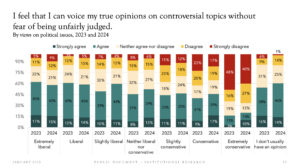
In response, President Eisgruber (on behalf of the university), committed to institutional restraint—a policy that prioritizes an “impartial forum for vigorous, high-quality discussion, debate, scholarship, and teaching [and operation with] a presumption against commenting on social, moral or political topics.”
Dartmouth College took a similar step in December 2024. A month later, in January, Dartmouth President Sian Leah Beilock recommitted to institutional restraint in a Bloomberg interview while responding to student activism on campus.
“And at its most basic level, going back to the fact that we’re an educational institution, the idea is that as a president, I speak to our educational mission, but I don’t speak to issues that might put the institution on one side or another that are unrelated to our mission…And the Kalven report, I think, said this best. The goal for a university is not to be the critic itself, but to allow those critics to foster. And it goes back to what we do…to bring people with different perspectives, different backgrounds, different ideas to campus, and have them be in an environment where they feel free to speak their mind, they feel free to push and debate each other,” she said.
As these various colleges and universities confront their ideological orientations, high schoolers in both red and blue states are similarly navigating dominant ideologies on their campuses. Despite their vastly different educational and political environments, students at an independent high school in liberal San Francisco, California (Lick-Wilmerding High School) and a public high school in predominantly Mormon Farmington, Utah (Farmington High School) have, in parallel, found themselves questioning if their schools are creating environments where everyone feels a sense of safety and belonging, regardless of their political leanings.
While conducting interviews for this article, five LWHS students—who are known to hold right-leaning views on various issues—were reached out to. Only one agreed to be interviewed, under the condition of anonymity. LWHS is an institution that promotes values of both belonging and diversity; and yet, multiple students choose to remain silent on this topic.
Directly following President Trump’s win in November 2024, one LWHS student reported feeling verbally attacked when voicing criticism surrounding Kamala Harris’ campaign—citing the economy as an area she didn’t invest adequate resources into. “When I had conversations with multiple people, it was very defensive. I felt like I was being ganged up on…it kind of went from a conversation to attack mode,” the student said.
They felt that in questioning one political party, they were met with strong criticism and social repercussions. “If I was to come back tomorrow and say, ‘Hey, I think we [as a school] need to change our political stance,’ I would probably get canceled…it feels like the simple notion of criticizing the Democratic Party makes you a ‘Trump supporter,’ and that term has somehow, like, a negative connotation, almost used as an attack line.”
While this LWHS student fears voicing more conservative opinions in the liberal-leaning environment of LWHS, a student in the conservative-leaning setting of Farmington High School feels unsafe expressing liberal opinions, in support of LGBTQ+ rights. “Some of my friends got bullied because they tried to voice something [about LGBTQ+ rights] near or after the election…they were completely stomped on,” they said.
Although Farmington’s student body is made up of students from racial minority groups and differing economic backgrounds, it continues to feel dominated by a single viewpoint. “The student body is run by the Mormon religion…the most influential people are Mormons who basically just want to marry the opposite sex and have a bunch of babies…[and] there are people who don’t align with all aspects of Mormonism, but they are such a minority that if you aren’t in that small group of people, you don’t even realize it exists.”
Both LWHS and Farmington are influenced by the political bubble that surrounds them, with their respective student bodies reflecting the dominant political demographic—resulting in some students’ self-censorship. However, where they largely differ is in the way that school leadership addresses these politics.
“In this current political administration, I think the school has an acceptable place to call into question politics, because it’s about a threat to the actual fabric of the political order and as citizens, one of our primary responsibilities is to uphold and protect the democracy,” LWHS Dean of Faculty, Alegria Barclay said. Echoing this view, LWHS Director of Student Inclusion, Matthew Oakland, believes the school has a role to speak on these issues. “It’s important to make statements that might seem politicized, that are in support of students…not everything that is politicized should actually be political,” he said.
Unlike LWHS, Farmington avoids political commentary in the classroom. “More realistically [politics] aren’t talked about…teachers definitely don’t share political views in the classroom…kids grow up not talking about it at all, and end up misinformed,” the Farmington student said.
While LWHS engages with political issues and Farmington largely does not, a dominant political ideology still prevails among students at both schools, and a population of students feel uncomfortable and at times unsafe sharing their views.
These same dominant ideologies exist on Princeton University and Dartmouth College’s campuses. However, they have recently been addressed via institutional restraint policies and modeling of balanced, rational and thoughtful discourse between two people who fundamentally disagree on a topic.
These institutions have called on the constitutional right of free speech in an attempt to deepen a sense of true belonging on their campus and remain rooted in their mission to educate. Yet, the question remains for high schools around the country that are dominated by one political view—how can we be institutions that value belonging if we do not create cultures that seek and value ideological diversity in addition to ideological inclusiveness?
In pursuit of continuing discussion, The Paper Tiger encourages any community member who would like to share their perspective to reach out to
26ruby.kilar@lwhs.org.
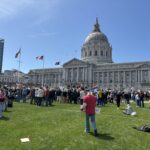


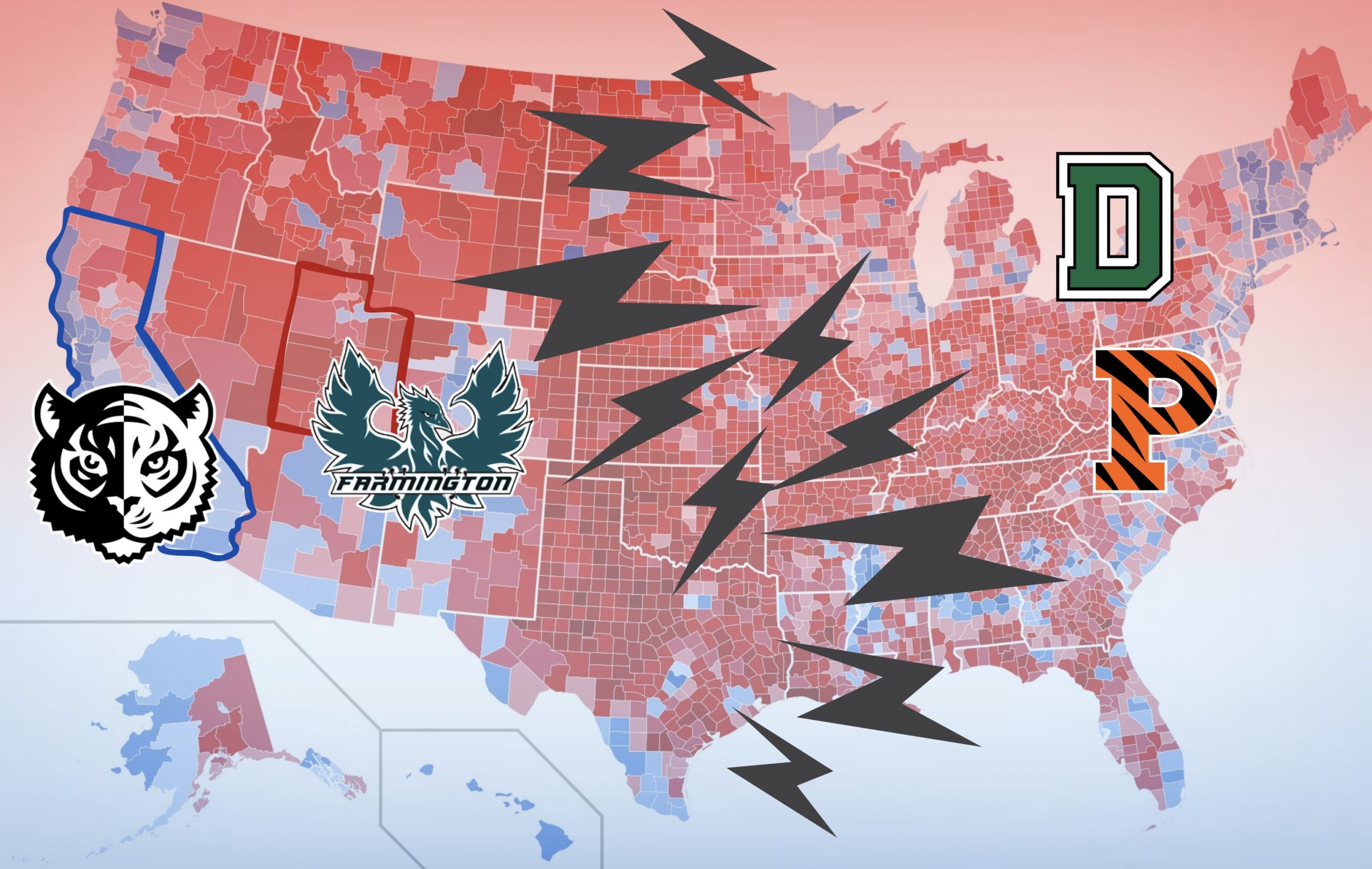
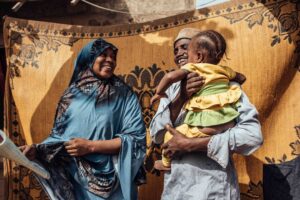

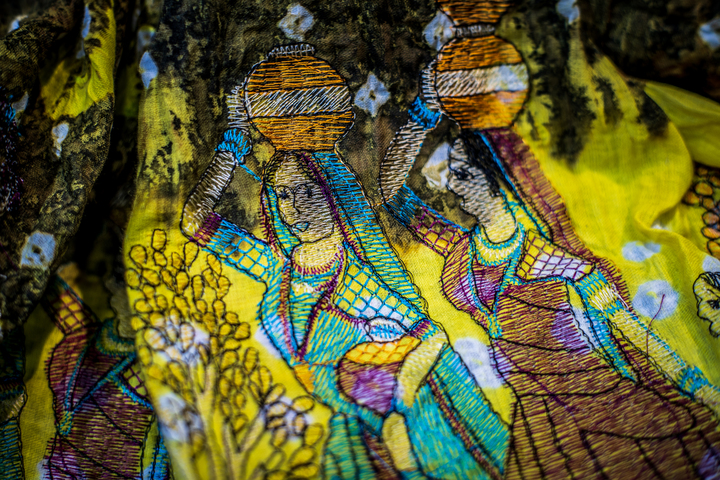
Good https://shorturl.fm/j3kEj